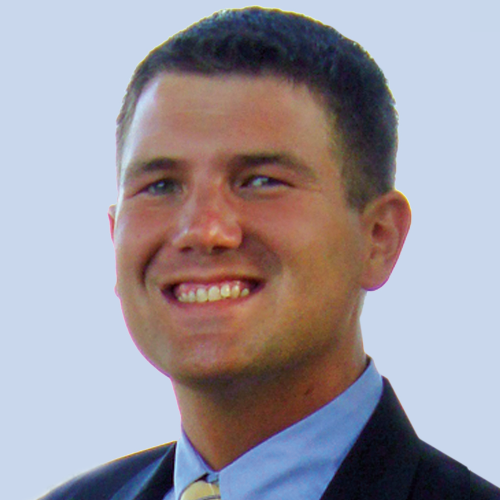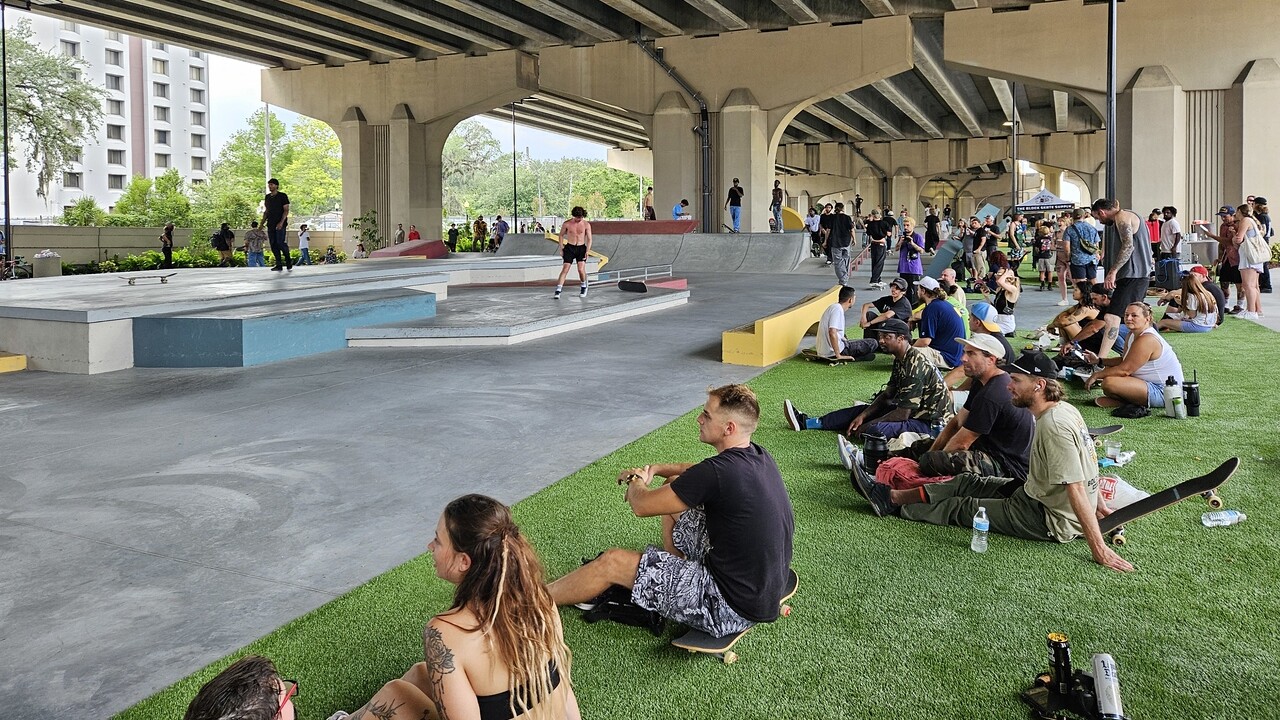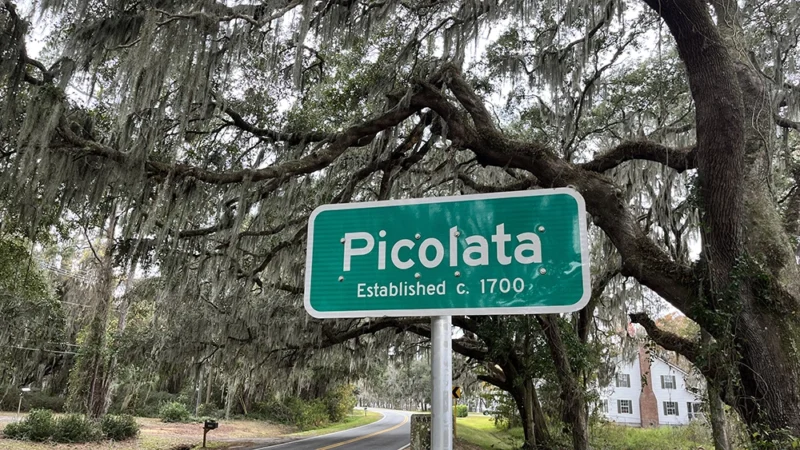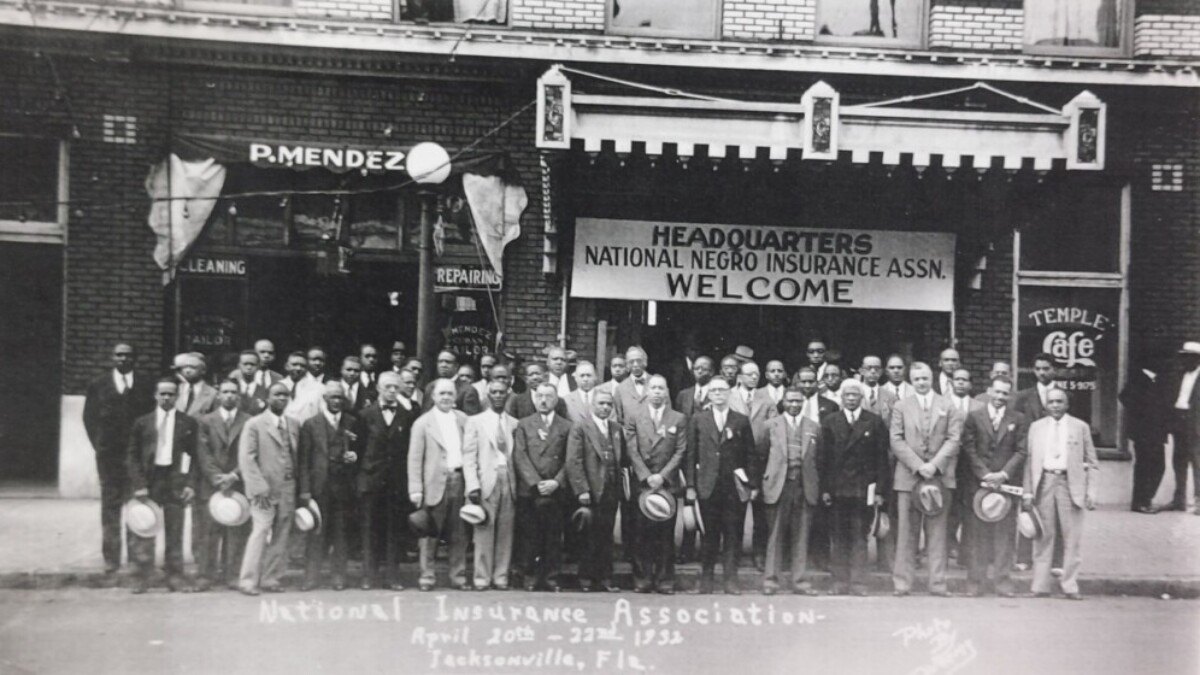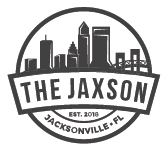
In a dimly lit room above Riverside’s Cool Moose Café, a meeting was taking place on an otherwise mundane Tuesday evening in September of 2013. Those driving down Park Street would never have known, but that night, history was being made for Jacksonville’s skateboarding community.
This is the story of how the Artist Walk Skate Park under the Fuller Warren Bridge was born.
In the Spring of 2013, the team behind the Riverside Arts Market were working with members of City Council to obtain funding to create additional parking to serve the bustling weekly market. Plans were already underway to raise private funds and convert a portion of Riverside Park into the John Gorrie Dog Park. A section of that dog park would be built underneath the Fuller Warren Bridge overlooking the abandoned Public School Number 4. Separating the dog park and the Riverside Arts Market were a series of rancid, algae-filled ponds where filthy rainwater from the interstate highway above would collect.

“Originally, we envisioned that RAM would eventually expand across the street. But the market needed more flexible parking facilities to serve our growing numbers of artists, creatives and small businesses, so we had to modify our original vision and seek out ways to serve the market but also connect to the John Gorrie Dog Park,” recounted RAM founder Wayne Wood.

Former Executive Director of Riverside Avondale Preservation Carmen Godwin convened a team of artists, urban planners and community members to brainstorm ideas on what could be possible for that space.
“After RAM began, we started thinking about the retention ponds under the bridge and how this was wasted space for our community. We knew we wanted to create a walking space under the entire run from the market to Riverside Park,” Carmen remembers. “The city of Jacksonville didn’t want to foot the bill for the dog park, so we created a donor plan and raised funds to build out the dog park under the bridge. We created a public/private partnership with COJ and the Florida Department of Transportation. The grassroots success of both RAM and John Gorrie Dog Park was proof that we could create something great, but we needed to do the heavy lifting and this meant we needed new ideas and new partners.” She continued, “After that first meeting in 2013, we came to a consensus that we needed a third of the space closest to Riverside Avenue to be a flexible space that could be used for both parking and a RAM extension. We also knew we needed a crosswalk installed and for the area to be nicely landscaped and designed with lighting, water, and electric. The other two-thirds of the space needed to have art incorporated into it in some way.”
Melody Bishop, the architect of both RAM and the Northbank Riverwalk extension though Brooklyn, had previously proposed a sculptural garden that would wrap around the retention ponds. Everyone was in agreement that the spirit of that sculptural garden needed to be kept, but there was a lot of space to fill and the retention ponds were universally detested. You can only put so much lipstick on a pig. However nicely you dressed up the retention ponds, they were still retention ponds. That’s when the big idea took shape.

Just a few months prior, the second Go Skate Day in Hemming Plaza had been held. Hosted by a nonprofit called PB&J (Party, Benefit & Jam) and Kona Skatepark, the plaza had been transformed into a one-day skate park where thousands of people from all walks of life attended. Several organizers of Go Skate Day were in attendance, and they were all convinced of one thing: that a world-class skatepark would properly fill the space under the Fuller Warren and attract huge and diverse crowds to this space day in and day out. In a city as big as Jacksonville, there were no skateparks on the entire west side of the St Johns River.


A public school teacher named James Smith had a PowerPoint presentation in hand and supporters flanking the seats surrounding him. The presentation was compelling. A properly designed skate park would not only be architecturally striking but could also feature art installations and pedestrian-friendly paths for non-skaters. Not only were the images powerful, but they also had two years’ worth of real world proof from Go Skate Day events that if you build it, they will come.
The team reached out to legendary skate park designers Tim Payne and Tito Porrato to partner up with Melody to incorporate these ideas together. James recalls, “They drove up from Orlando to walk through the site with us. Their proximity to Jacksonville and reputation for building great parks made them solid potential partners. We also wanted to demonstrate to the city that we were ready and willing to access skate industry connections to make this project a success.”


Not only did these meetings provide the spark that ultimately led to a skatepark, it also inspired several friends to team up and go into business with one another. “I knew of (professional skateboarder) Mike Peterson through my time hanging around Kona and was super excited when he started building his indoor skatepark on Talleyrand,” James explains. “When the second One Spark (festival) was coming around, Mike and Pete McMahon reached out to see if we could all work together to promote our projects. We all got along really well and became good friends through that. Shortly after One Spark, the building where Mike was building an indoor skate park received a ton of code violations and he wasn’t going to be able to open. I knew he and Pete were looking at other locations for an indoor park, but after that meeting where I’d pitched the skate plaza, I encouraged them to put park plans on hold and just open a skate shop near Riverside.
They countered that they’d open a shop if I agreed to partner with them. That was one of the easiest decisions I made in my life.” The three banded together and opened the Block Skate Supply in December 2014. The Block was initially located two blocks from what is now the Artist Walk Skate Park in Brooklyn. It later moved to Springfield in 2017.


But big ideas that have a groundswell of community support don’t always turn into reality. From idea to opening, two different governors, three different mayoral administrations and three different groups of City Council all had to be convinced to not only greenlight the project but to also provide the necessary resources that would bring an idea from pen and paper to shovels and concrete.
James adds, “Anytime a project has to bounce between several huge bureaucracies, there is going to be challenges, setbacks, and delays. This project was no exception. City, state, and even national agencies all had to negotiate, plan, budget, and execute for this skate park to come to fruition. We lobbied hard with the Parks Department as well as with RAP. And we were not the only ones lobbying. There were many unsung heroes along the way that wanted to see this park get built and worked for years to make it happen.”
While the slow morass of government moved, the skate community continued to make inroads with the City’s Parks Department. Jacksonville has one of the largest park systems in the country in terms of acreage. However, funding that large of a park system faces annual budget restraints. Organizations like Go Skate Jax stepped up to raise money from the community and open what are called do-it-yourself skate parks in some of Jacksonville’s neglected neighborhoods. DIY skate parks typically use discarded refuse like concrete blocks, plywood, etc to create a series of ramps, rails and obstacles and transform unused spaces into inexpensive and easy-to-maintain skate-ready parks. Two such DIY skate parks were constructed in the Eastside’s Flossie Brunson Park and Downtown’s LaVilla Park on what had been broken and unused tennis courts. The skating community not only built these spaces, but regularly hosts cleanups and repair days to keep the spaces safe. The success of these endeavors proved that a larger skate park under the Fuller Warren Bridge would be well cared for by the very community it would serve.

FDOT was hesitant to fill in the retention ponds and even allow for events or activities under the overpass space, despite RAM’s weekly operation less than 100 feet away. Kay Ehas, now executive director at Groundwork Jacksonville, Carmen and Melody met with FDOT over a year-long period to assuage concerns and provide the necessary technical background to counter apprehensions from both FDOT and USDOT.
Eventually, FDOT gave enough of a green light that the idea of filing in the ponds was possible. But then things stalled. Carmen chimes in, “I left RAP at the end of 2016. I assumed the idea was just put to the wayside until I saw it being constructed one day and thought, that was no easy task, someone took that idea on and made it a reality.”
Several things had changed. Daryl Joseph, the city’s parks director, had become a champion. Additionally, the Fuller Warren Bridge was being expanded to include a shared-use path for pedestrians and bicyclists to cross the river. And on top of all of this, the city was charging headfirst into the design and ultimate construction of the Emerald Trail. The space under the bridge would provide a critical connection point for the Emerald Trail, and the Parks Department had begun to appreciate the successful DIY skatepark partnerships.
By 2019, Mayor Lenny Curry’s office was convinced to move enough money around to put out a design services bid to hire a company to design and possibly build a skatepark. CA Skateparks was chosen for the job and began working with the City’s Public Works Department to undertake the project. The engineering firm, GAI, that had been contracted to design the bridge expansion, shared use path and storm water design would expand their scope and receive funding from FDOT to also provide expanded engineering services for the skate park.

In 2021, funding for the project first appeared in the city of Jacksonville’s Capital Improvement Plan, the five-year budgeting tool used to plan, fund and build infrastructure projects throughout the city. The retention ponds were finally filled in after eight years of behind-the-scenes politicking. Soon after, FDOT allocated funds set aside for landscaping from the Fuller Warren Bridge expansion project and COJ approved a roughly $5 million contribution of their own to fund two phases of the Artist Walk extension.
By 2023, a newly-sworn in Mayor Donna Deegan and City Council members Ron Salem and Jimmy Peluso were on site for the official groundbreaking- a product of their first City budget together focusing on public spaces, which received approval from all but one council member.
These images show the site before construction, during and after construction:




While riding a bike down the skatepark’s smooth and winding pathway, one would never realize that they are riding atop a massive network of bridge support columns driven into the bedrock of the earth, electrical and fiber optic cables, traffic and weather instrumentation, and a complex stormwater system that prevents flooding throughout the Riverside and Brooklyn neighborhoods. The Artist Walk Skate Park is in effect, one of the largest public infrastructure projects in Jacksonville.

Jill Enz is the Chief of Natural and Marine Resources for the City of Jacksonville. She was effectively the city’s project manager to work with both the public and private side of the skate park development. She notes, “There are a few items that may not be obvious in the skate park that relate to the filled ponds and bridge work, such as the storm water covers were raised between 4-6’ to be incorporated into the skate park. They are most obvious in the area closest to Park Street. There is a skateable platform there with two manholes – these handle storm water from Park Street, the on/off ramps to I-95 and parts of I-95.”


While some lament that there are no bowls throughout the skate park, the skateable surfaces all had to be designed on top of large underground stormwater tanks. A look around will give you clues. Jill adds, “Adjacent to the bridge columns there are large drain pipes that allow for storm water from I-95 to connect with the underground storm water system.” The very fiber optic cables that provide communication and internet services all run parallel to the interstate highway and then are routed off to various neighborhoods. If you want to scroll on Instagram, make a TikTok of skating through the park, or order and pay for your lunch- those fiber optic cables are critically important. “We had to move and re-install fiber cables during the construction process. The structural integrity of the bridge had to be maintained, so we have to install and provide direct paths underground that are clear and be out of the way from other infrastructure,” explains Jill.


Zachary Wormhoudt was the park’s landscape architect for CA Skateparks. Not only did the park have to be designed around all of the underground infrastructure, it had to designed in a way that incorporates artistic elements. “Basically we built it like an art museum,” says Zachary. “We created three different rooms, each with their own skate elements. But the rooms are designed so that non-skating activities can occur. Part of the skateable features also serve as a stage for non-skating concerts, movie nights and whatever other live performances that could take place.”


Elements from other temporary skating events have been incorporated into Artist Walk Skate Park. Attendees from Go Skate Day in James Weldon Johnson Park between 2012 and 2016 and even Jacksonville’s SLS Super Crown Championship event at the former Jacksonville Landing site will notice the railings that mimic the former handrails at JWJ Park and the concrete rail slides that made up the street course at the SLS event.


Landscaping, pathways, ramps that boldly spell out JAX all add to the artistic flow of the space. The artificial turf monds can be used for seating for parents watching their kids skate, but also serve as seating for the stage or could be used for exercise or yoga classes. Next door, the long-sought RAM extension is being constructed that would eventually provide parking for RAM and spaces that could expand the market’s capacity.

“I visit the space and I’m really proud,” says former RAM Market Manager Krysten Bennett. “So many people put so much effort into this for more than a decade. I hear people ask all the time ‘Why did THEY do it that way?’ or ‘Why didn’t THEY do something different?’ Well there is no THEY. Nothing gets done unless you work really hard and get a lot of people on board. When nothing feels like it’s working or moving at a fast pace, that’s when those mysterious THEY people are working hard and doing something that we can all enjoy.”

The Artist Walk Skate Park is busy seven days a week and used by people from all walks of life- young, old and from all sorts of social, economic and ethnic backgrounds. Rain, cold weather, humid conditions and even the absence of daylight do not keep people away. Skateparks don’t get built under bridges every day. In Jacksonville, a lot of people came together and did it. They got this one right.
